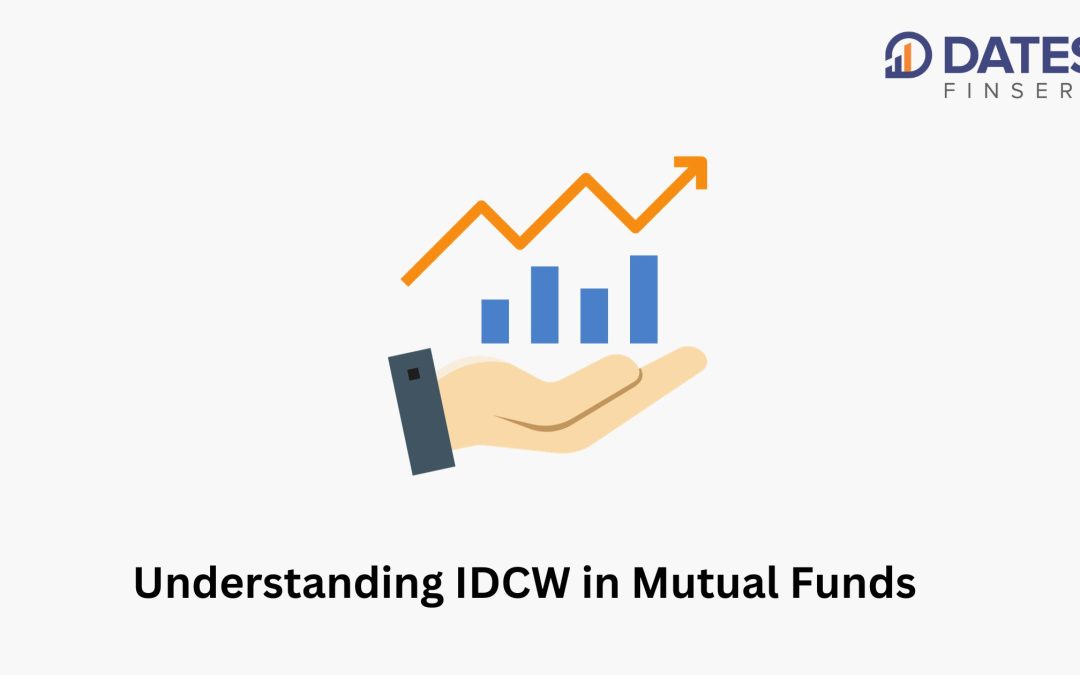When you delve into the world of mutual funds, you encounter a variety of terms and acronyms that might seem perplexing at first. One such term that often raises questions is “IDCW” or Income Distribution Cum Capital Withdrawal. In this comprehensive guide, we will demystify IDCW in mutual funds, helping you grasp its significance, functioning, and its impact on your investments.
What is IDCW in Mutual Funds?
IDCW, or Income Distribution Cum Capital Withdrawal, is a crucial aspect of mutual fund investments, particularly in debt funds. It refers to the process through which a mutual fund scheme distributes its income generated from investments to unitholders while also allowing them to withdraw a part of their invested capital.
How Does IDCW Work?
Let’s break down the IDCW process into simple steps:
1. Income Generation: Mutual funds, especially debt funds, generate income from various sources such as interest on bonds and dividends from stocks. This income is earned by the mutual fund scheme on behalf of its unit holders.
2. Distribution: IDCW involves distributing a portion of this income back to the unit holders. This distribution can be in the form of dividends.
3. Capital Withdrawal: Simultaneously, unit holders have the option to withdraw a part of their invested capital if they wish to. The fund facilitates this by allowing redemptions.
Tax Implications of IDCW
IDCW distributions are subject to tax, and the tax treatment varies depending on the type of mutual fund and the holding period. Here’s a brief overview:
– In equity-oriented mutual funds, IDCW distributions are usually tax-free in the hands of investors.
– In debt-oriented mutual funds, IDCW distributions are treated as income and are taxed according to the individual’s applicable income tax slab.
Impact on Your Investments
IDCW can have a significant impact on your mutual fund investments:
1. Regular Income: IDCW provides a source of regular income for investors, making it a popular choice for those seeking periodic payouts.
2. Partial Capital Withdrawal: The ability to withdraw a part of the capital provides liquidity to investors. This can be especially useful during financial emergencies.
3. Tax Planning: Be mindful of the tax implications of IDCW, as it can affect your overall tax liability. It’s essential to consider this when planning your investments.
Conclusion
In summary, IDCW in mutual funds represents the dual benefit of income distribution and capital withdrawal. It is a feature primarily found in debt-oriented mutual fund schemes and serves the needs of investors who seek regular income while also maintaining the flexibility to withdraw a portion of their capital.
Before investing in a mutual fund offering IDCW, it’s crucial to assess your financial goals, risk tolerance, and tax planning needs. Consulting with a financial advisor can help you make informed investment decisions, ensuring that IDCW aligns with your overall financial strategy.
National Pension Scheme (NPS): Securing Your Retirement Future

